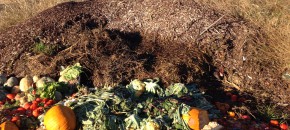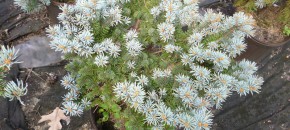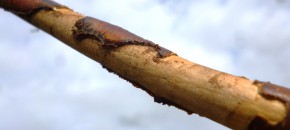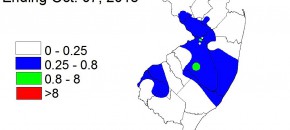
The FDA Food Safety Modernization Act (FSMA) Produce Safety rule is now final, and the earliest compliance dates for some farms begin one year after the effective date of the final rule (see “Compliance Dates” below). The rule establishes, for the first time, science-based minimum standards for the safe growing, harvesting, packing, and holding of […]
Continue reading...




